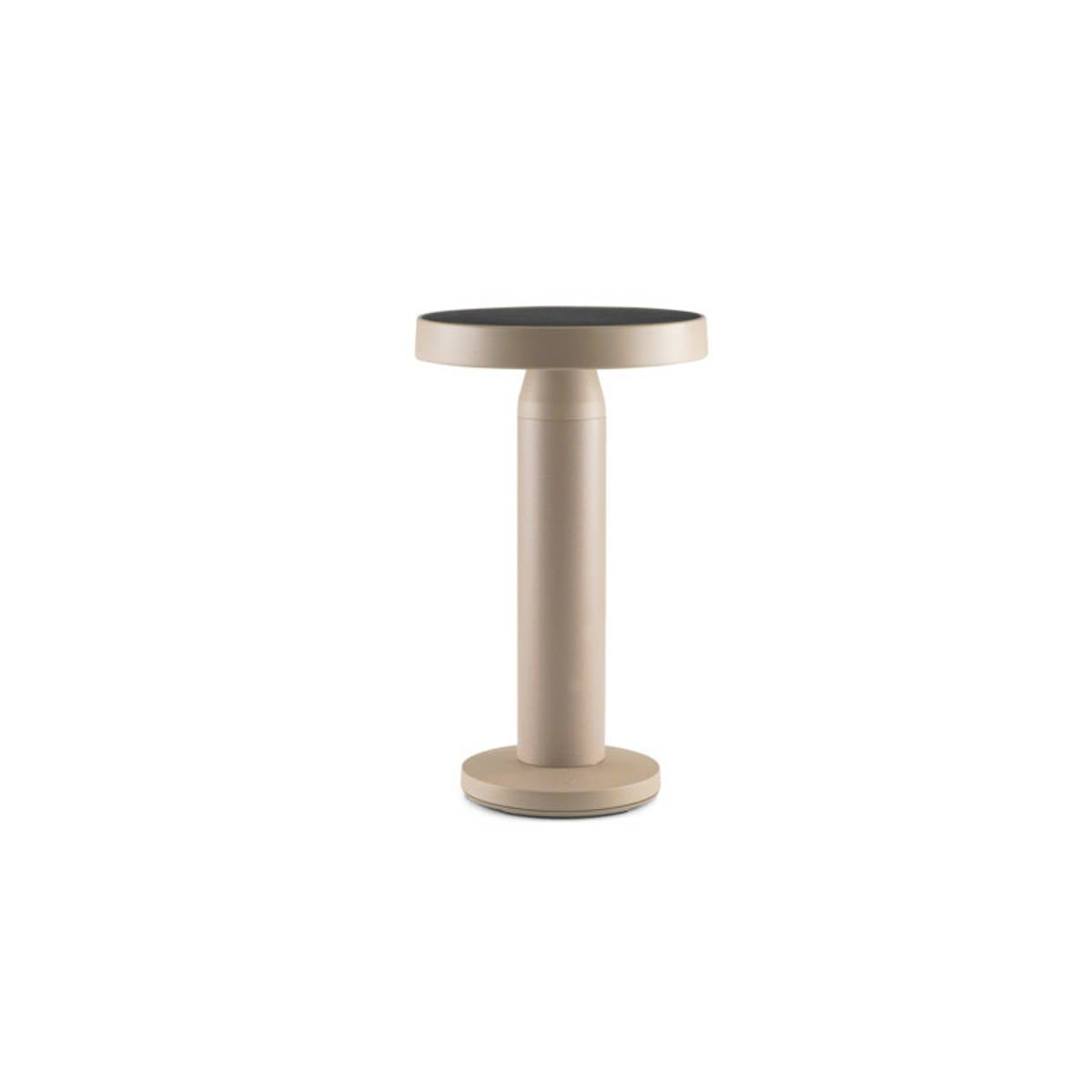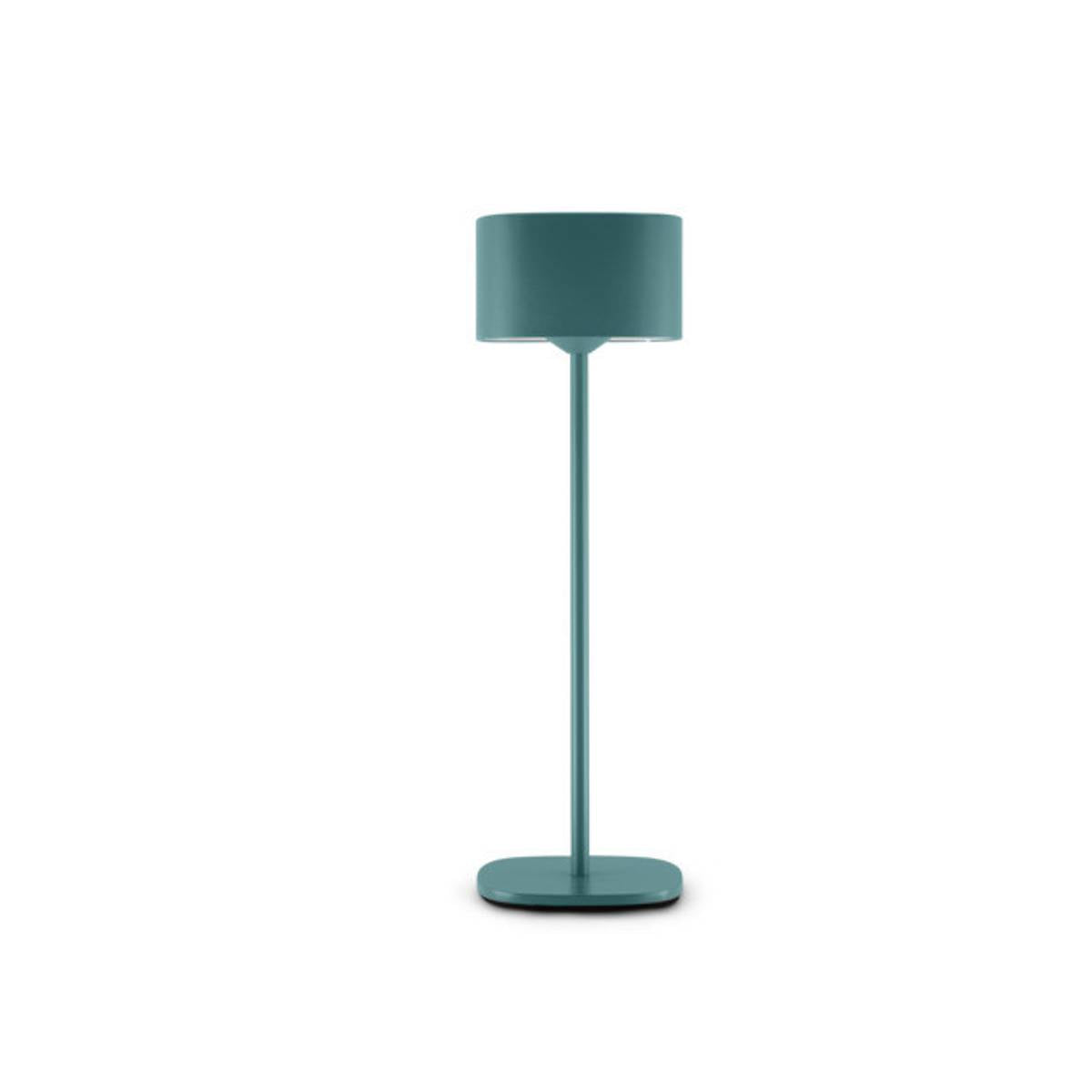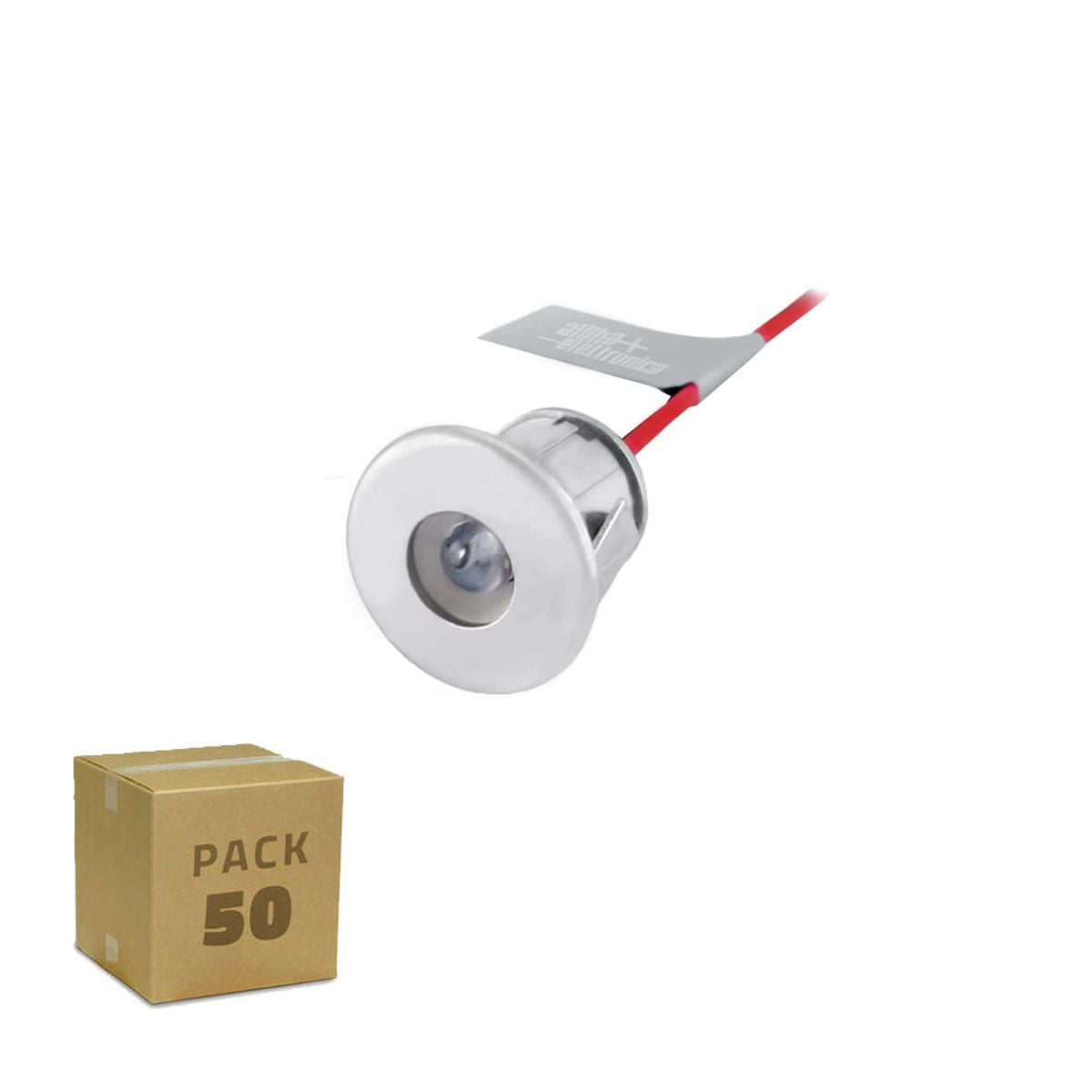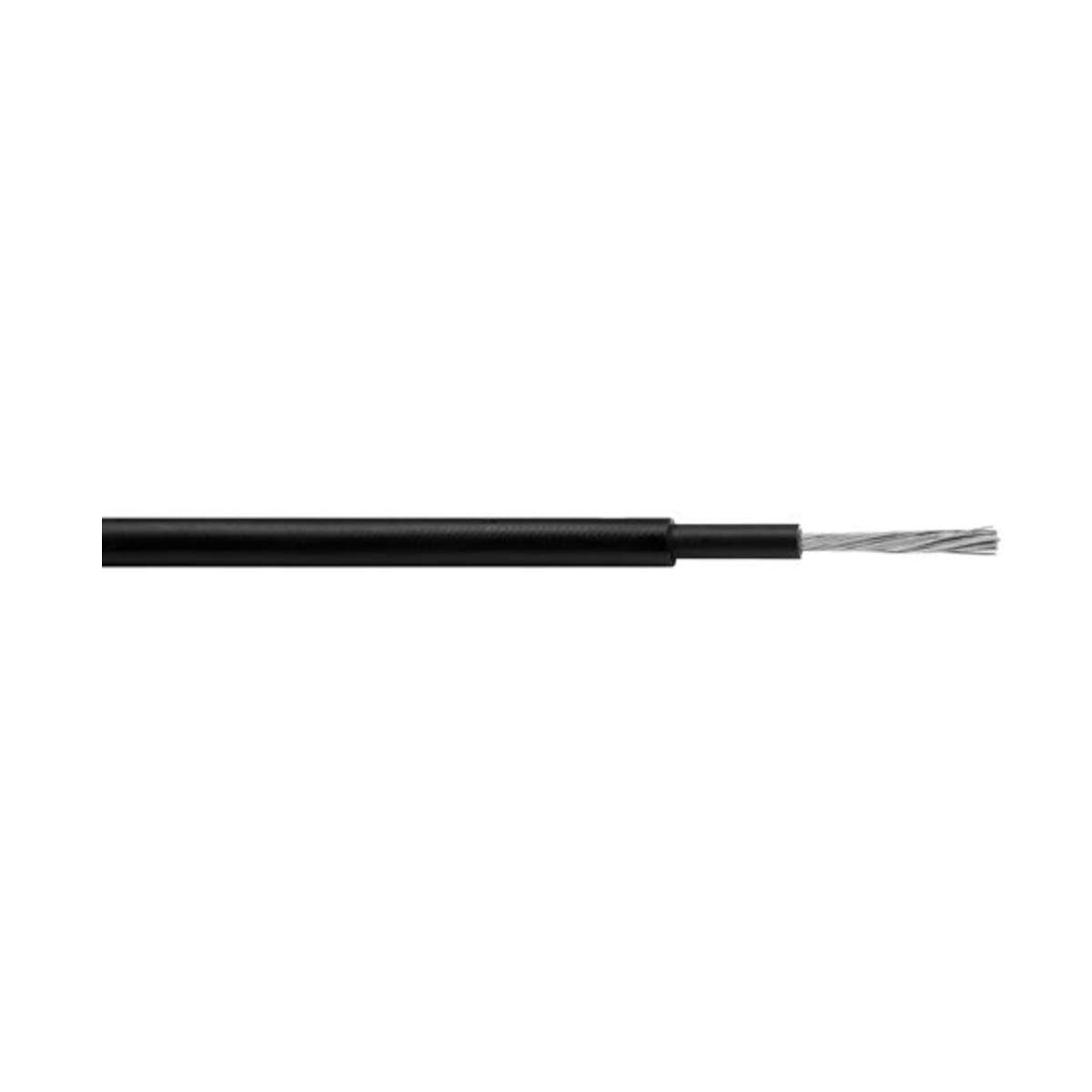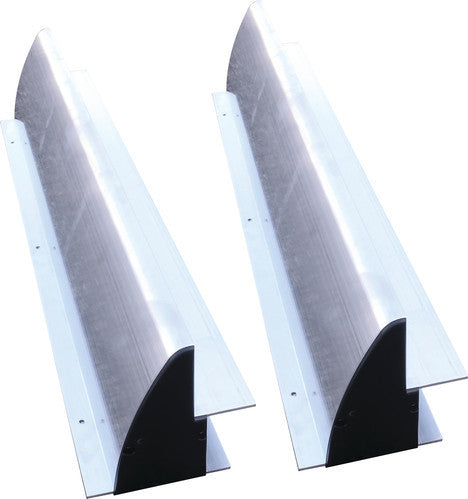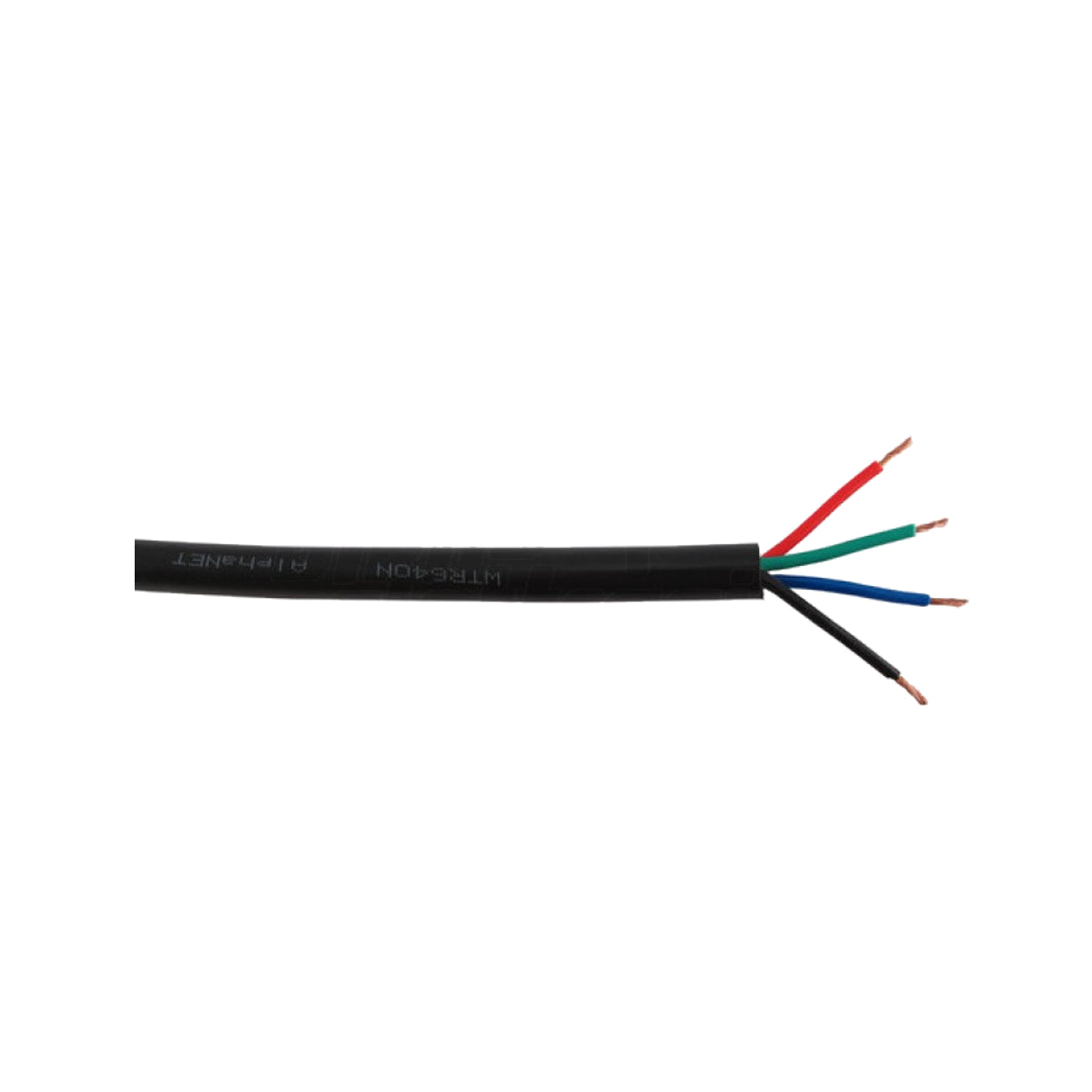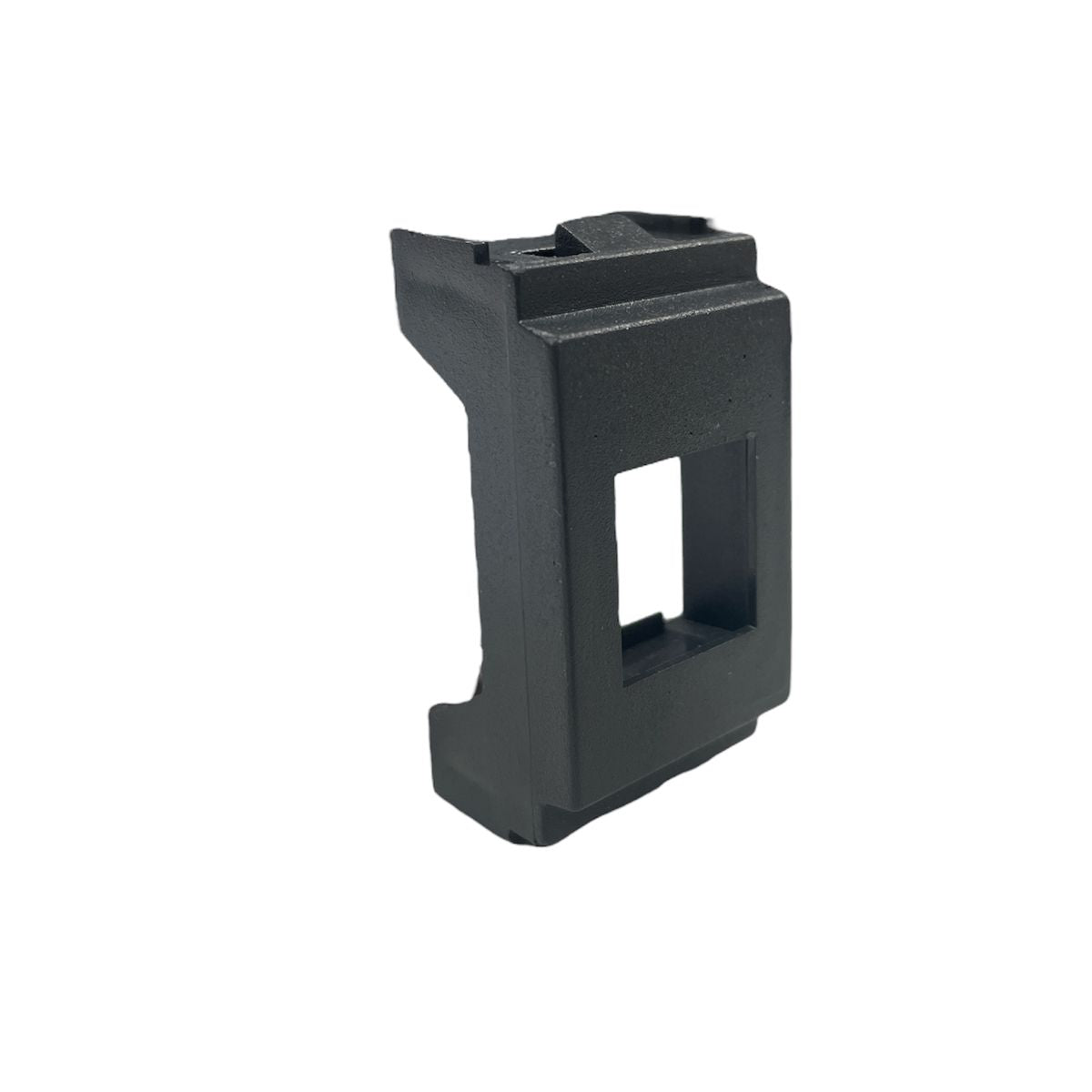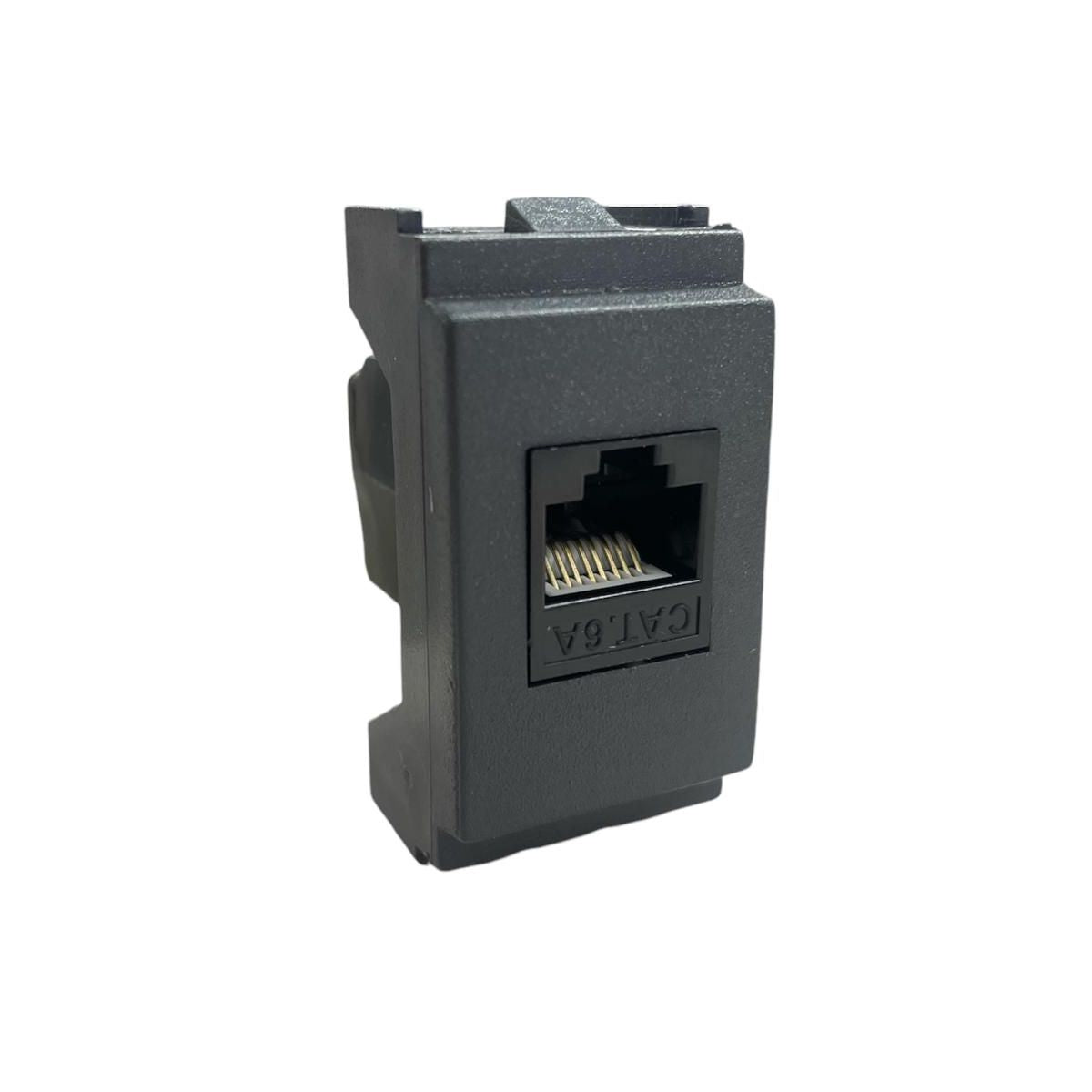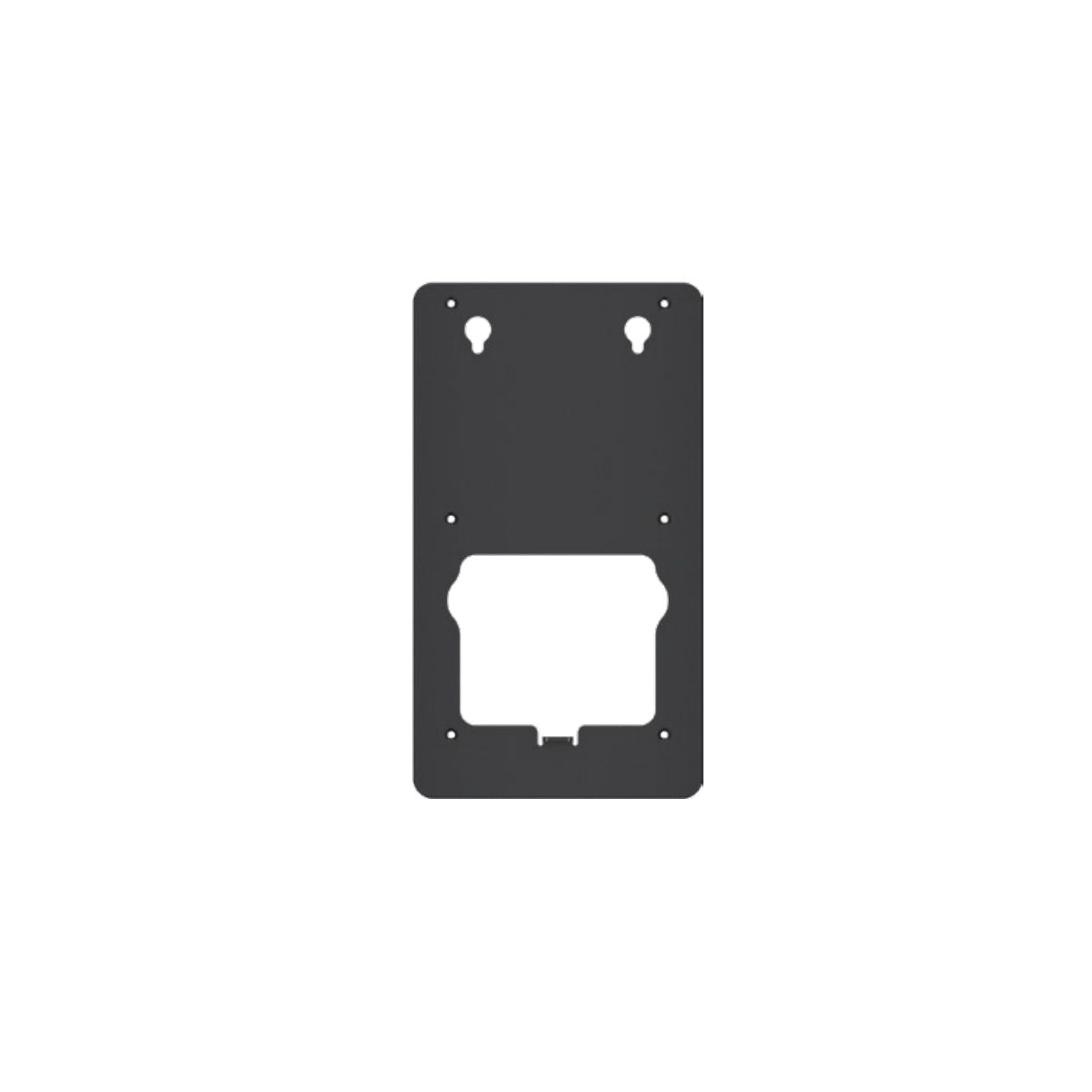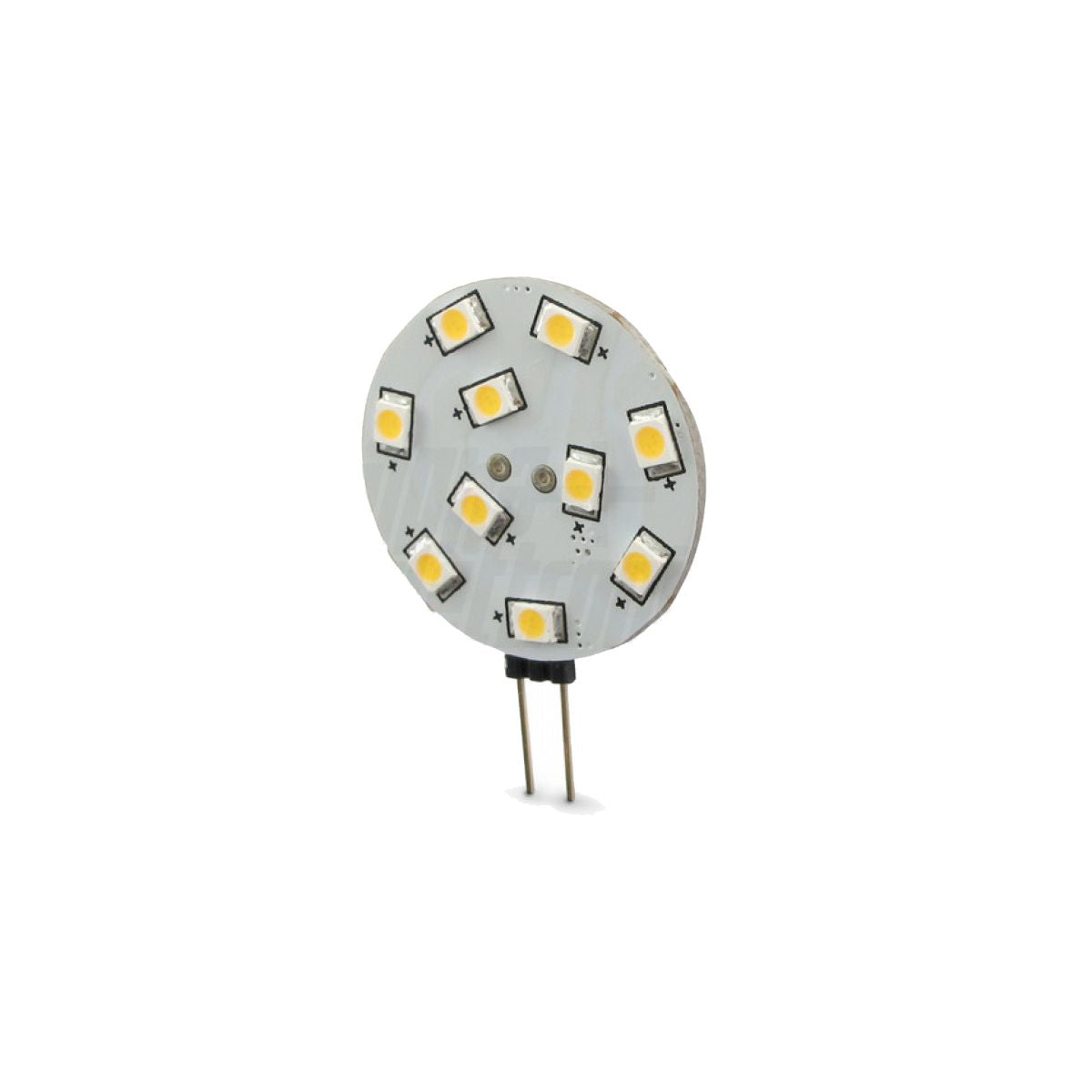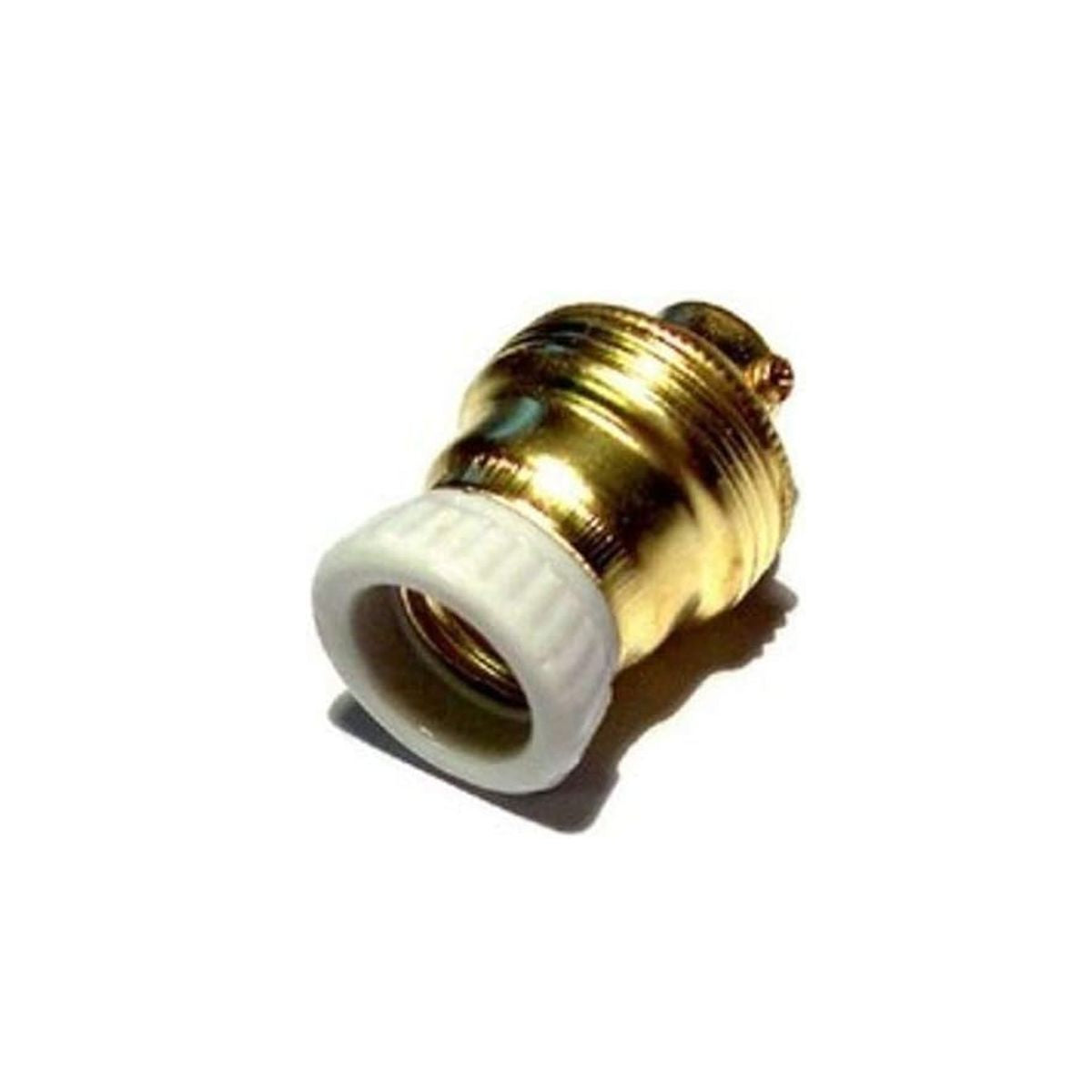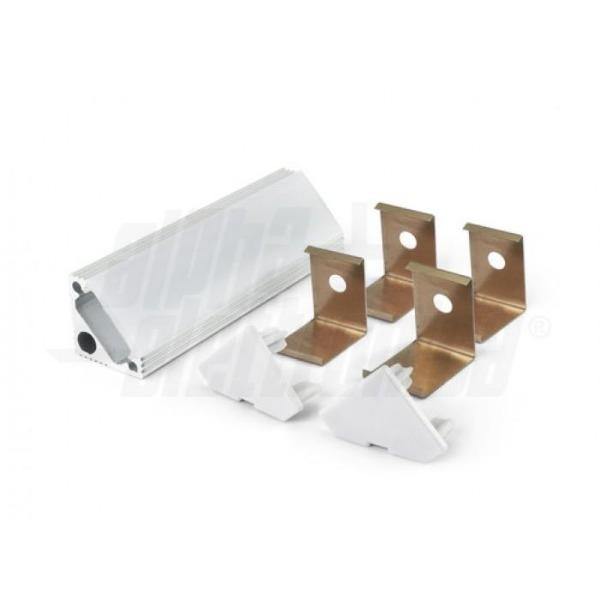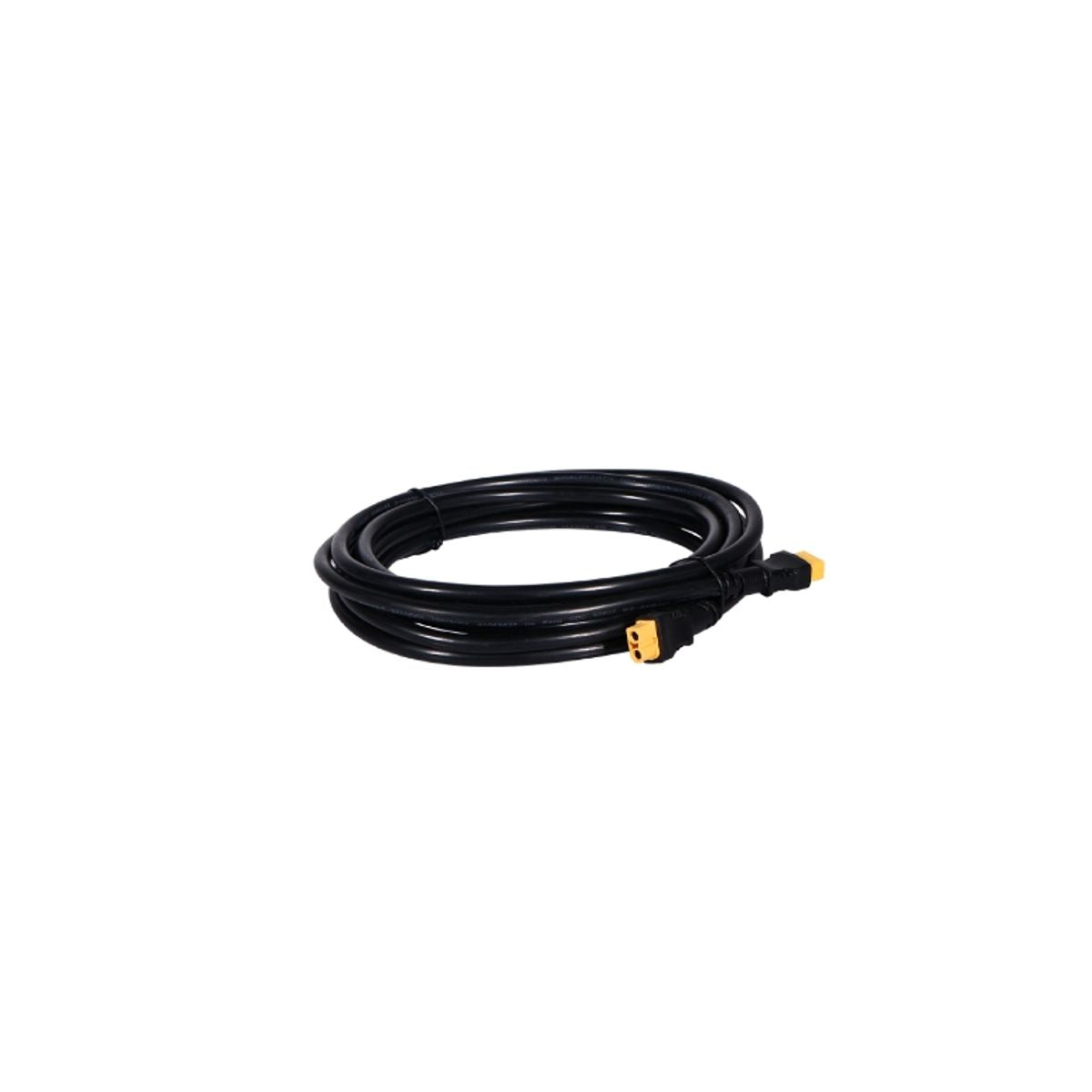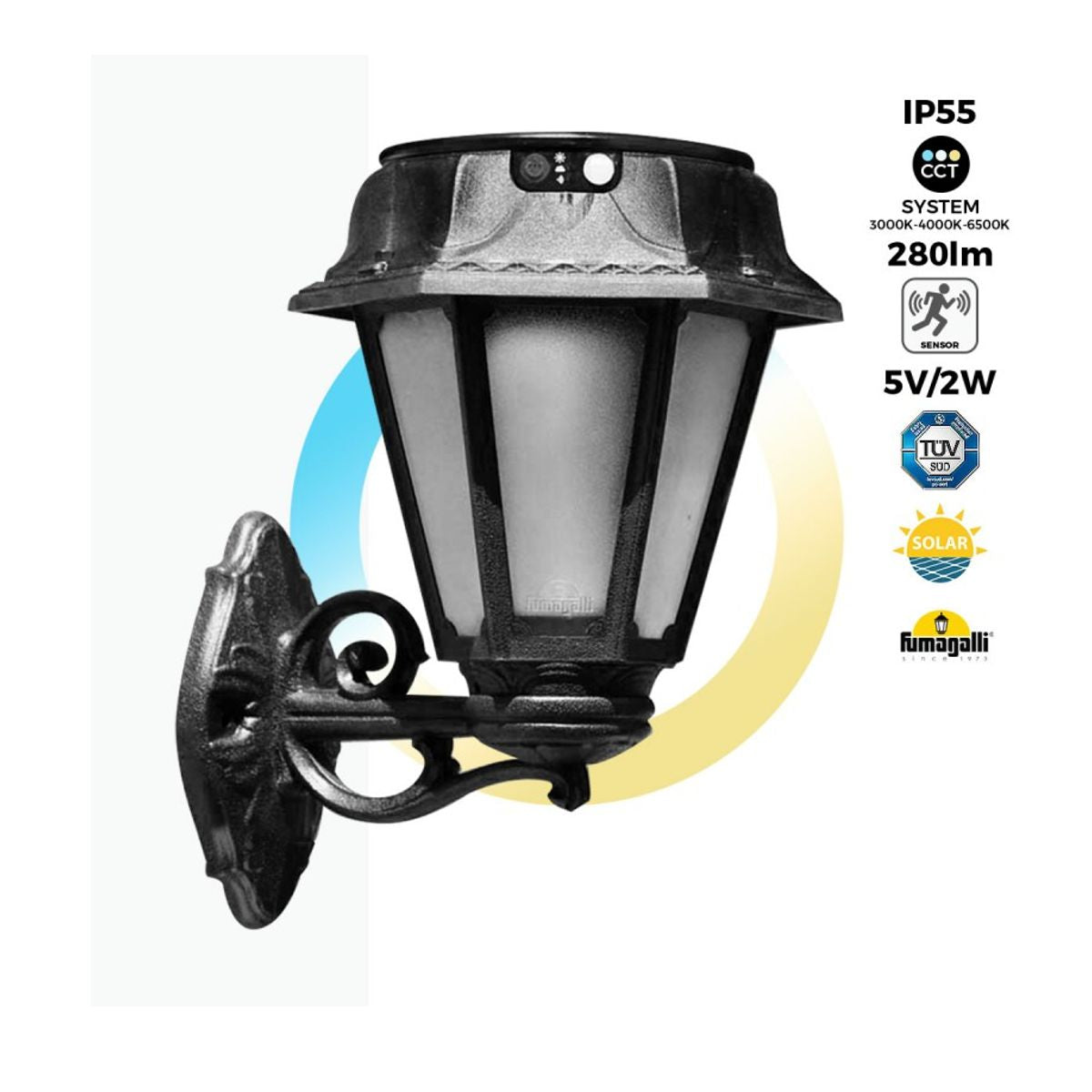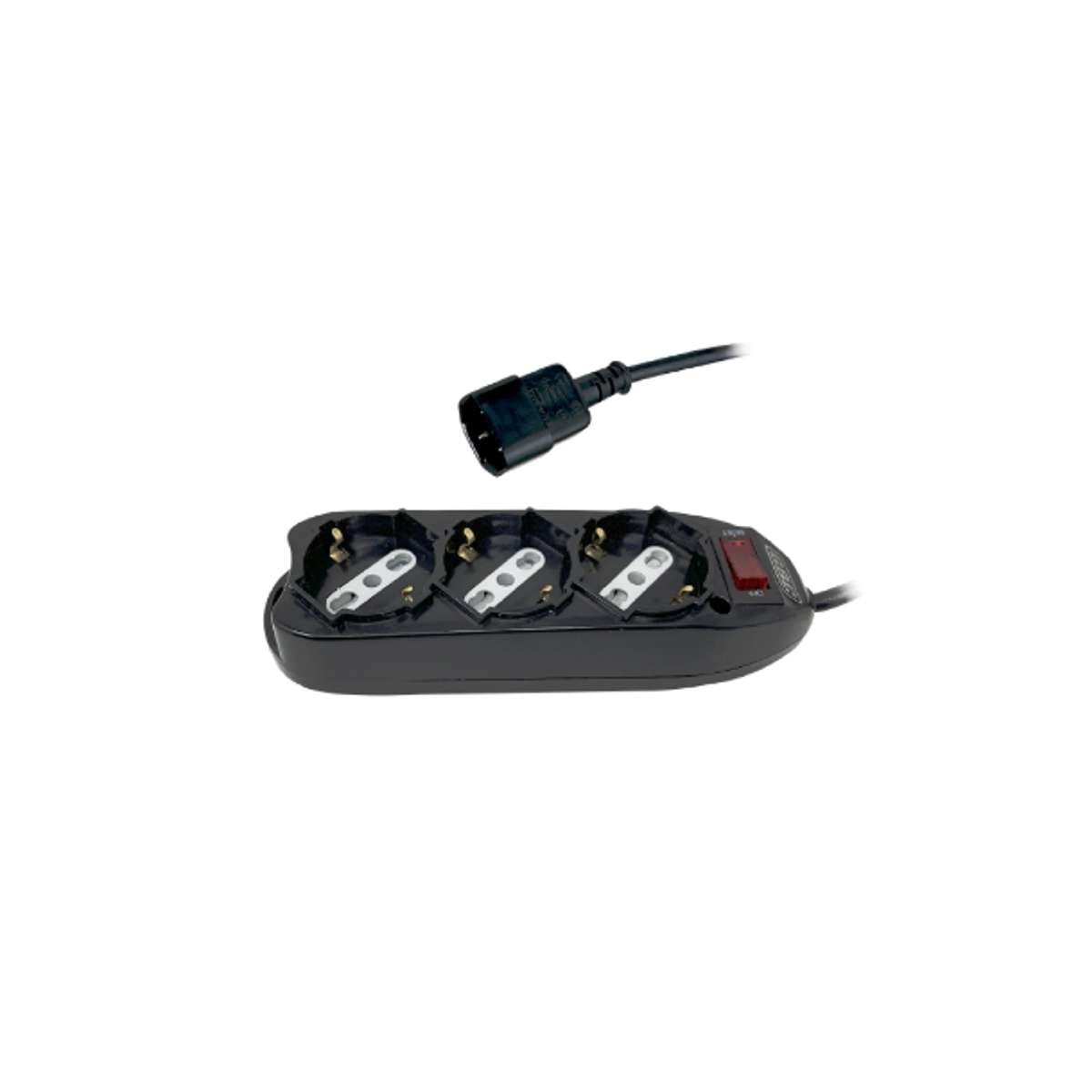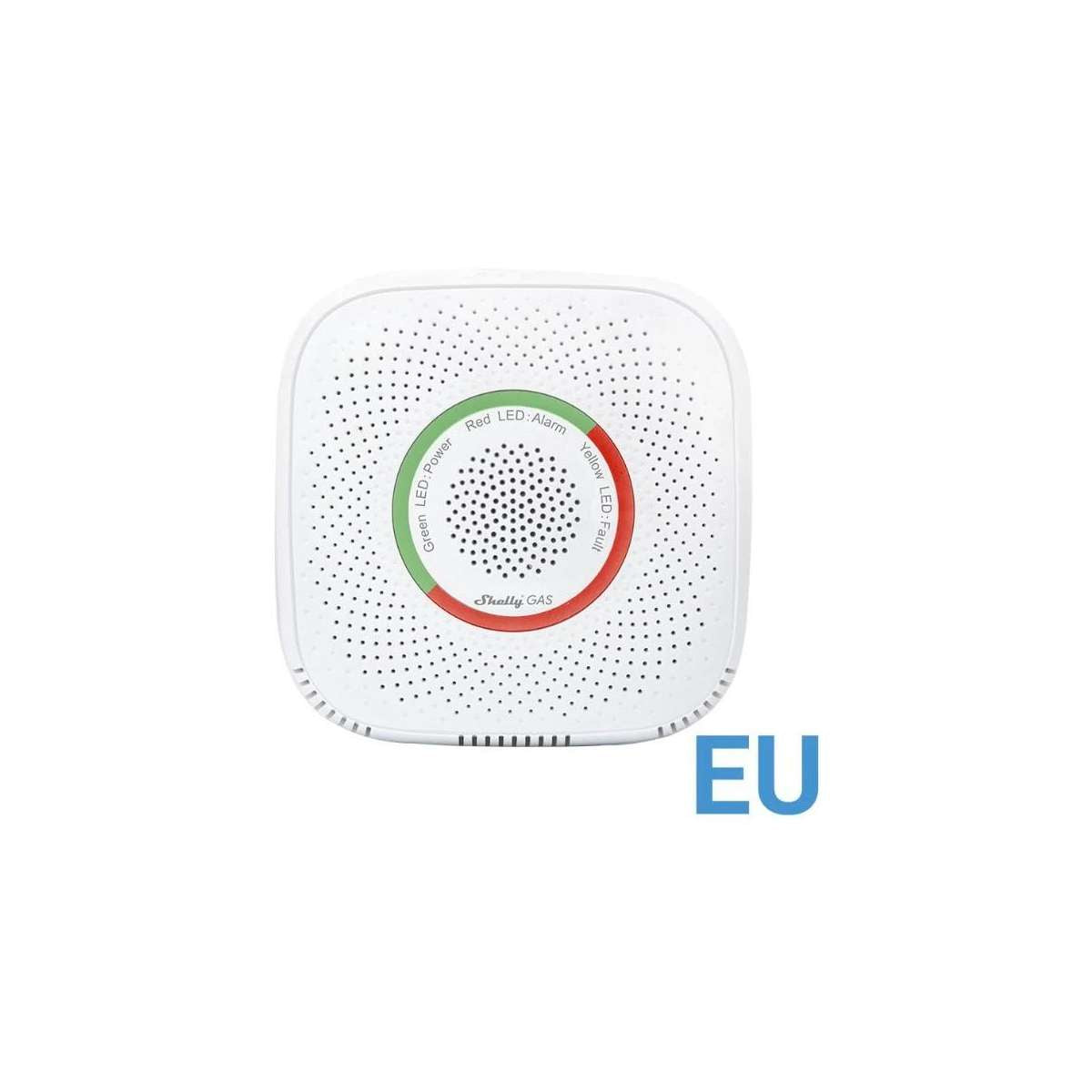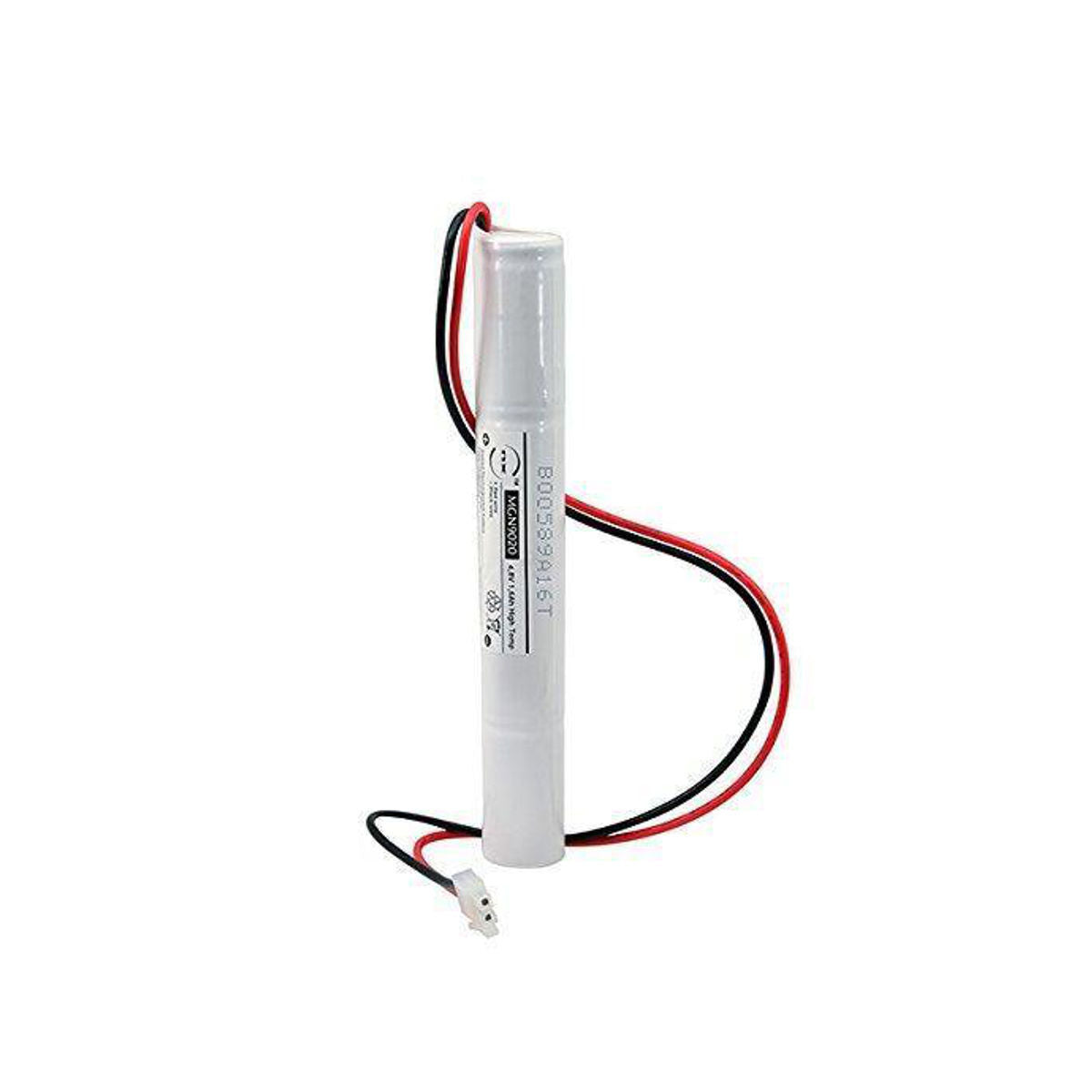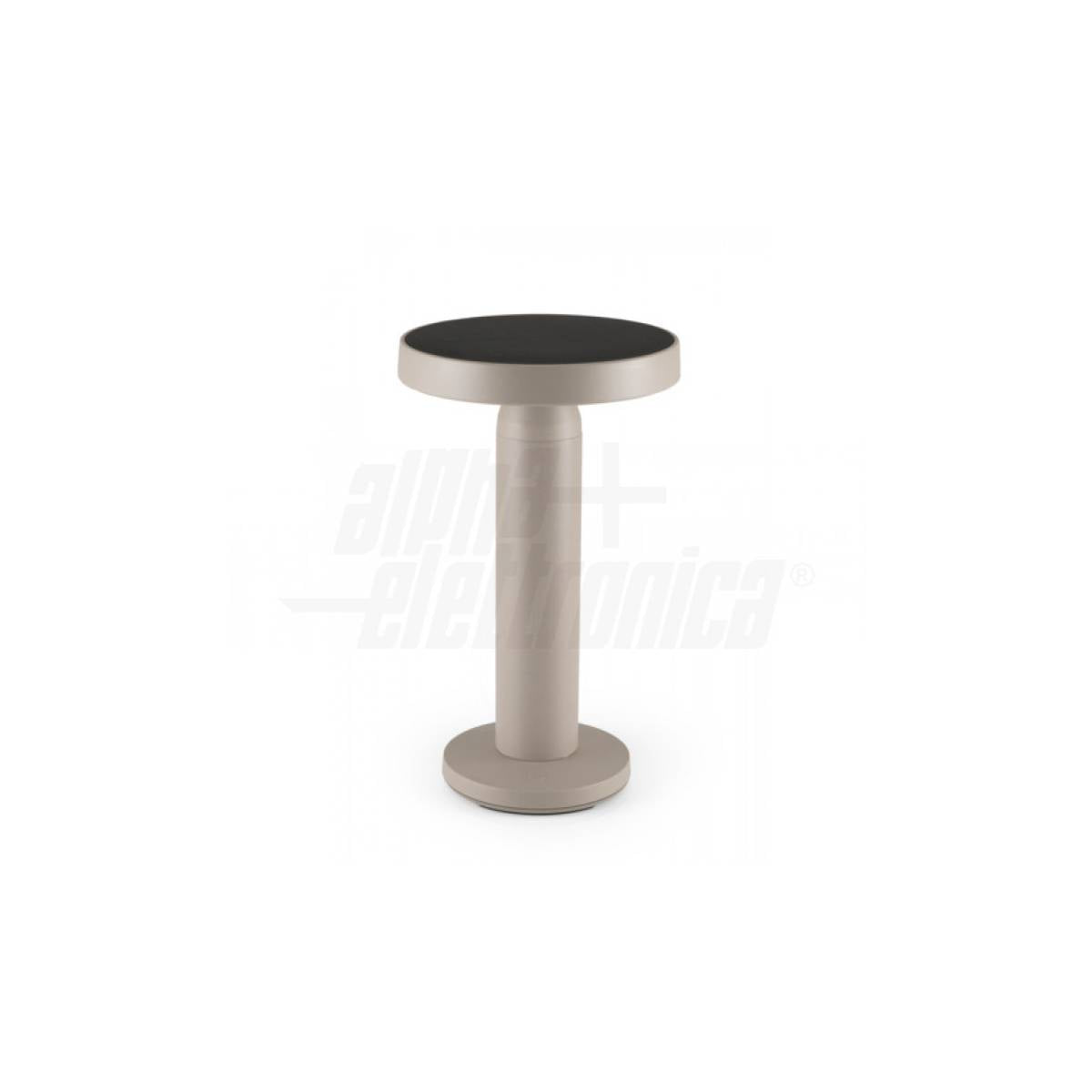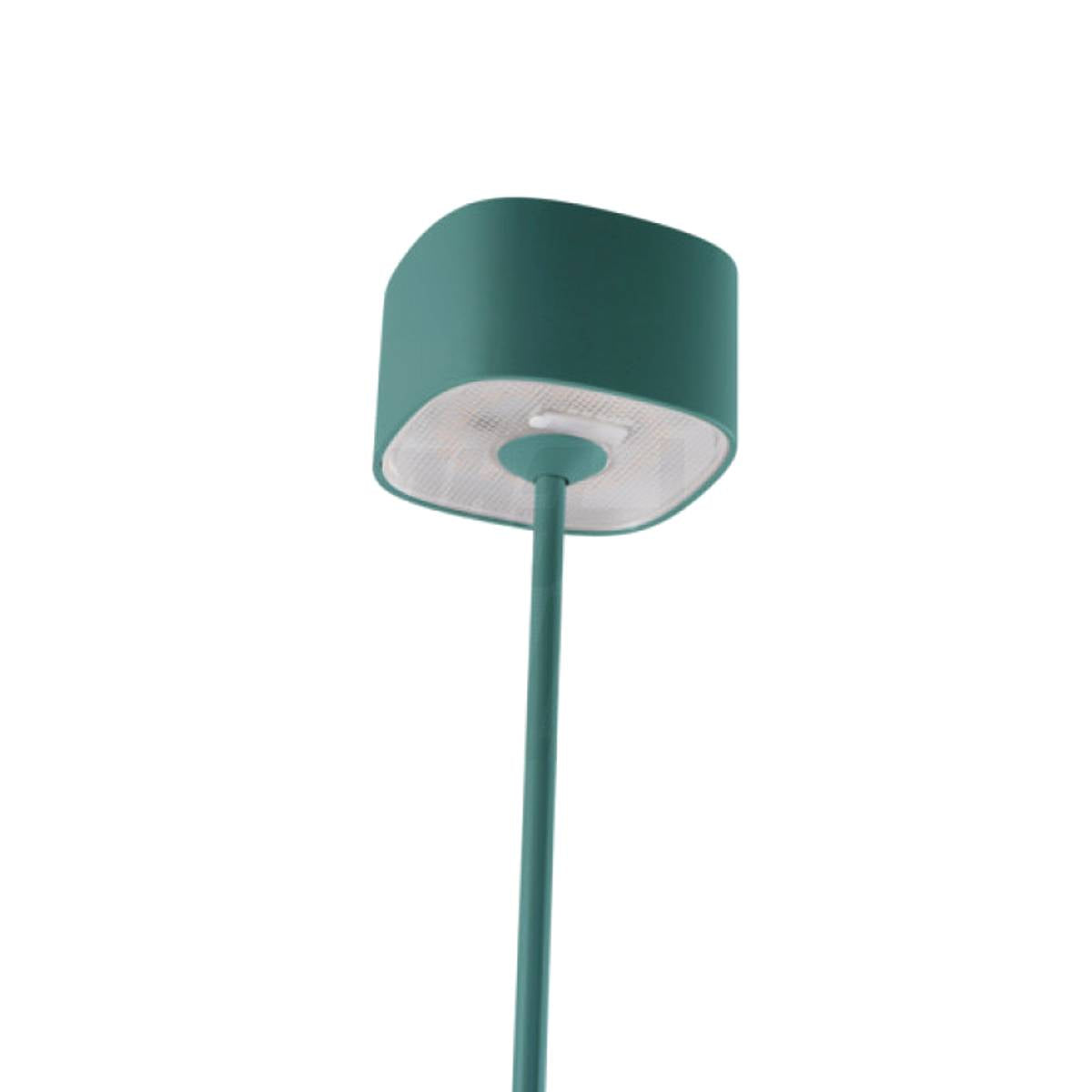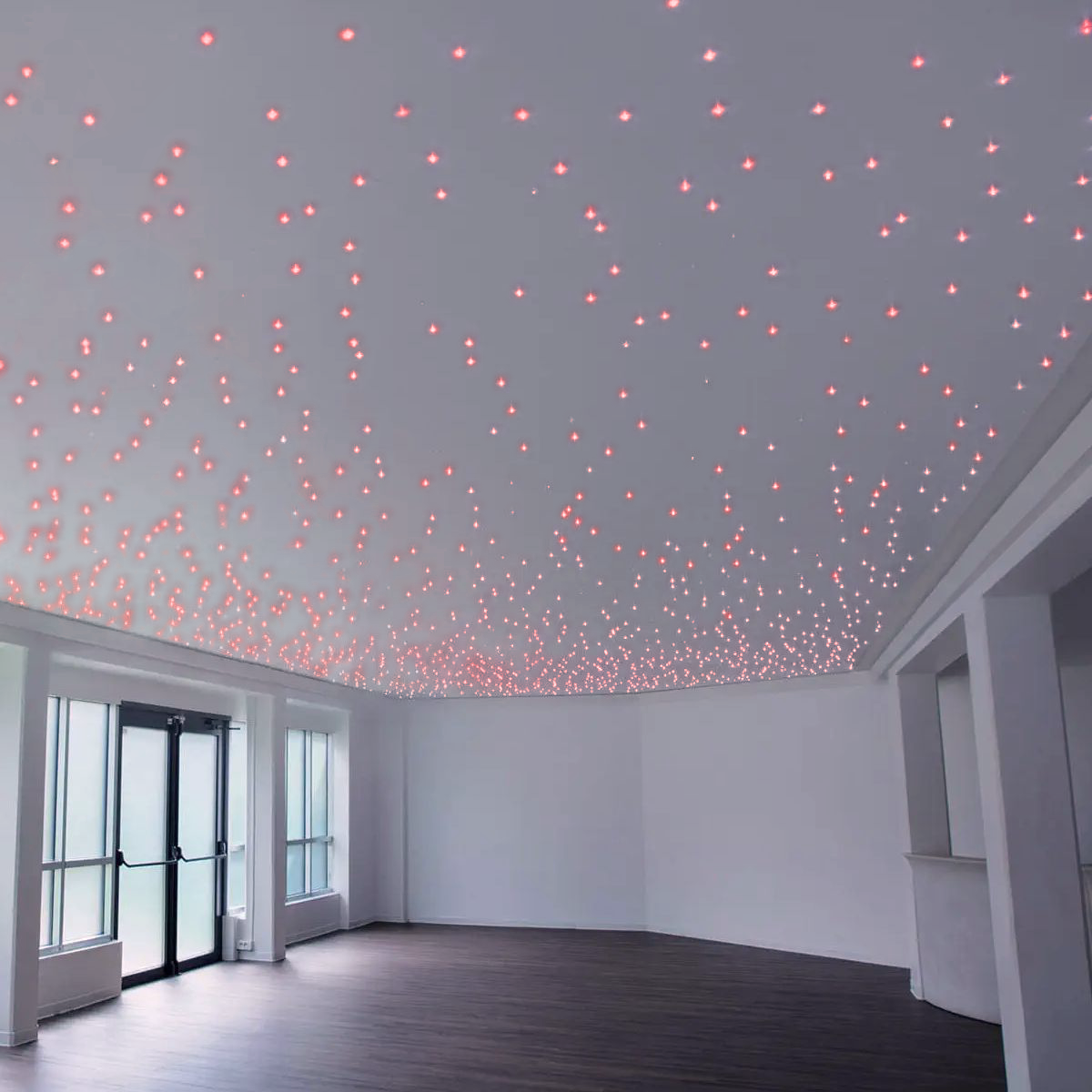A Complete Guide to Halogen Bulbs: Choosing, Using, and Replacing with LEDs
Halogen lamps have revolutionized the world of lighting thanks to their ability to provide bright, intense light in a compact size. Despite the advent of newer technologies like LEDs, halogen lamps continue to be widely used for a variety of applications, from household lamps to spotlights, demonstrating their versatility and reliability. This article aims to explore the world of halogen lamps in detail, touching on crucial aspects such as selection, use, and the possibilities of replacing them with more efficient technologies like LEDs.
Introduction to Halogen Light Bulbs
Halogen bulbs are a special category of incandescent lamps that use a halogen gas, typically iodine or bromine, to increase the bulb's lifespan and efficiency. This process, known as the halogen cycle, allows halogen lamps to produce brighter, whiter light than traditional incandescent lamps, making them an ideal choice for a variety of applications, from creating a cozy atmosphere in the home to focused lighting in offices or shops.
The Different Types of Halogen Lamps
Halogen lamps are available in a wide range of shapes, sizes, and bases, making them suitable for a variety of applications. Some of the most common types include:
- Linear R7S Halogen Lamp : often used in outdoor lighting systems or in large spaces. Both the 78mm and 117mm versions are available in our store.
- Halogen Spotlights : ideal for directional lighting and highlighting details.
- Halogen Lamps with Special Bases : such as E27, E14, G9, G4, and 12V, each suitable for specific types of appliances.
Replacement and Upgrade with LED
With technological advances, many are looking to replace halogen lamps with LED alternatives to benefit from greater energy efficiency and a longer lifespan. Processes such as replacing linear halogen lamps with LEDs or switching from halogen lamps to LED halogen lamps have become common, with solutions suitable for almost every type of socket and lighting requirement.
Usage and Safety Considerations
While halogen lamps offer numerous advantages, they require some precautions during use. Their high operating temperature requires special attention to avoid the risk of overheating or fire. Furthermore, it is important to correctly select the lamp's socket and wattage based on the application to ensure not only safety but also lighting efficiency.
Tips for Choosing
When choosing a halogen lamp, consider:
- The required light intensity : depending on the environment to be illuminated, a more or less powerful lamp may be necessary.
- The type of socket : make sure that the lamp you choose is compatible with your existing lighting fixture.
- The beam angle : particularly relevant for halogen lamps used in spotlights or for directional lighting.
Replacing Halogen Bulbs with LEDs: A Sustainable Choice
Replacing halogen lamps with LEDs is not only an option for reducing energy consumption but also a sustainable long-term choice. Latest-generation LEDs offer light quality comparable, if not superior, to halogen lamps, with the added benefit of a much longer lifespan and lower heat output.
The regulatory situation and the offering on Oniroview.com
It's important to note that, following European Union regulations aimed at promoting energy efficiency and environmental sustainability, the production and sale of halogen lamps have been restricted and are set to be gradually phased out of the market. However, for those who need to replace their existing halogen bulb or who prefer the specific features of this type of lighting, our website Oniroview.com and our store at Via Piave 17 in Catania still offer a wide selection of halogen lamps . These are available while stocks last, representing a unique opportunity to purchase high-quality products that are becoming increasingly rare on the market.
Conclusion and Final Suggestions
Halogen lamps have played a key role in the lighting industry, offering versatile, high-quality solutions for a variety of needs. However, the advancement of LED technology opens up new possibilities for efficient and sustainable lighting. When replacing or upgrading, carefully evaluate the available options to ensure the final choice best meets your needs.
Unpublished Suggestions:
- Consider smart lighting : Integrate LED halogen lamps with smart lighting systems for even greater control over your lighting environment.
- Explore creative possibilities : use halogen lamps to create plays of light and shadow, exploiting their specific luminous quality to accentuate architectural details or pieces of furniture.
- Responsible recycling : When replacing, make sure you dispose of used halogen lamps correctly, helping to reduce environmental impact.
FAQ about Halogen Lamps
How to replace halogen lamps with LED ones?
Replacing halogen bulbs with LEDs requires checking the compatibility between the existing bulb socket and the new LED bulb. Once this compatibility is confirmed, the process is simple: turn off the main switch to ensure safety, carefully remove the halogen bulb, and insert the new LED bulb into the socket. It's important to choose LEDs with similar or desired light characteristics compared to the original halogen bulb, such as color temperature and light intensity. Furthermore, for optimal relamping, it's important to check whether the halogen bulb was dimmable; if so, it should be replaced with a dimmable LED bulb.
How many types of halogen lamps are there?
There are different types of halogen lamps , classified primarily by shape, base type, and specific use. These include linear, spotlight, and reflector halogen lamps, with special bases such as R7s, E27, E14, G9, and G4, as well as low-voltage (12V) halogen lamps. Their variety allows them to be used in many different contexts, from domestic to professional lighting.
How much energy do halogen lamps consume?
Halogen lamps consume more energy than LED lamps, but are more efficient than traditional incandescent lamps. Specific consumption depends on the lamp's power, expressed in watts (W). On average, a halogen lamp can consume between 20W and 500W, depending on the type and use. Replacing with LED lamps can result in energy savings of up to 80%.
Why can't you touch halogen lamps with your fingers?
Halogen lamps should not be touched directly with your fingers because skin grease and oil can adhere to the lamp glass. When the lamp is turned on, these substances can overheat and damage the glass, reducing the lamp's lifespan or causing it to break. It is advisable to use a clean cloth or gloves when handling them.
How are halogen lamps made?
Halogen lamps consist of a tungsten filament placed inside a quartz or hard glass bulb, filled with an inert gas and a small amount of halogen gas (such as iodine or bromine). This combination enables the halogen cycle, which returns the evaporated tungsten to the filament, increasing luminous efficiency and extending the lamp's life.
How long do halogen lamps last?
The lifespan of halogen lamps varies depending on the type and use, but in general they have a longer lifespan than traditional incandescent lamps and shorter than LEDs. The average lifespan of a halogen lamp is between 1,000 and 2,000 hours . However, factors such as frequency of switching on and off, vibration, and overheating can negatively affect this lifespan.

